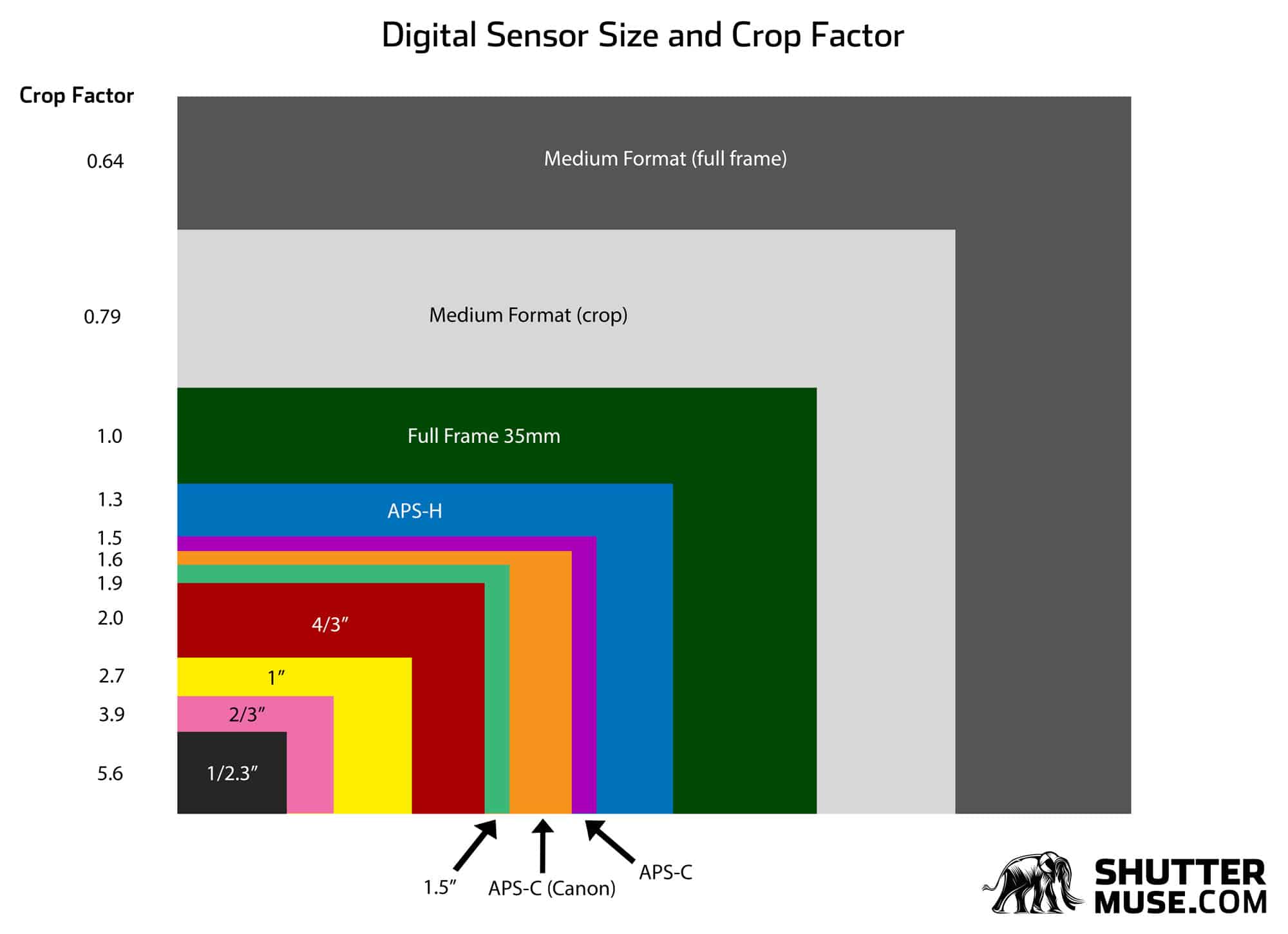I suspect that EF format full-frame lenses would be insufficient for use on MF, and RF full-frame format would be a complete disaster.
Lenses are designed to provide adequate coverage across the sensor on their respective camera mount formats, producing a sharp image with minimal vignetting. Making the image circle much larger would cost more money for no gains, so camera companies avoid that, there's very little extra tolerance built in unless it's a tilt-shift lens which needs a larger image circle of decent quality to work properly.
The image quality and brightness of FF lenses drops off drastically beyond the 24×36mm sensor area, and to make matters worse the vignetting of RF lenses is way higher than on EF equivalents, it's a design limitation of the RF mount. Due to Canon being able to cut corners in optical design to a greater extent on the mirrorless format to save manufacturing costs and increase profits, quite a few entry level RF lenses can't even cover the whole FF sensor. The vignetting on many RF lenses is considerable, as I understand that's a result of the shorter flange distance - remember you can't get something for nothing in engineering, there's always a cost...
Whether the Canon lenses can resolve sufficient detail for high MP (such as 100MP) medium format sensors is another matter.
Almost half of Canon's older EF lenses were outresolved by the 5DSr and R5 camera body, and Canon released a list of lenses that were up to scratch.
The focal lengths of RF full frame lenses would be all wrong on MF too. The crop factor for a Fujifilm GFX system is 0.79. The focal lengths all change due to crop factor, so all the MF equivalents to their 35mm counterparts will be longer, a MF 110mm lens (87mm FF equivalent) is closer to an FF 85mm portrait lens.
The wide apertures needed on FF would be unnecessary and add extra cost for no purpose on lenses used on MF.
Also, Canon L series lenses are only a big deal in the stills photography works, and in amateur video, but relatively speaking they're a joke in the world of cine lenses where they have a different set of criteria to gauge what a decent lens is. Canon L glass is a master in its own domain, but not absolutely awesome (as marketing hype would have you think) that it can work effectively outside of that. Tools are designed and optimised for specific functions. In the same way that they don't compare to the cine lens range, they're most likely sub-standard for MF also.
Incidentally, the size of the MF sensor is a fair bit wider and taller than a FF, so a FF lens would need to project a decent quality of image 20% beyond its boundaries. Looking at lens MTF charts, the image quality of many lenses barely holds up on the FF sensor periphery.




